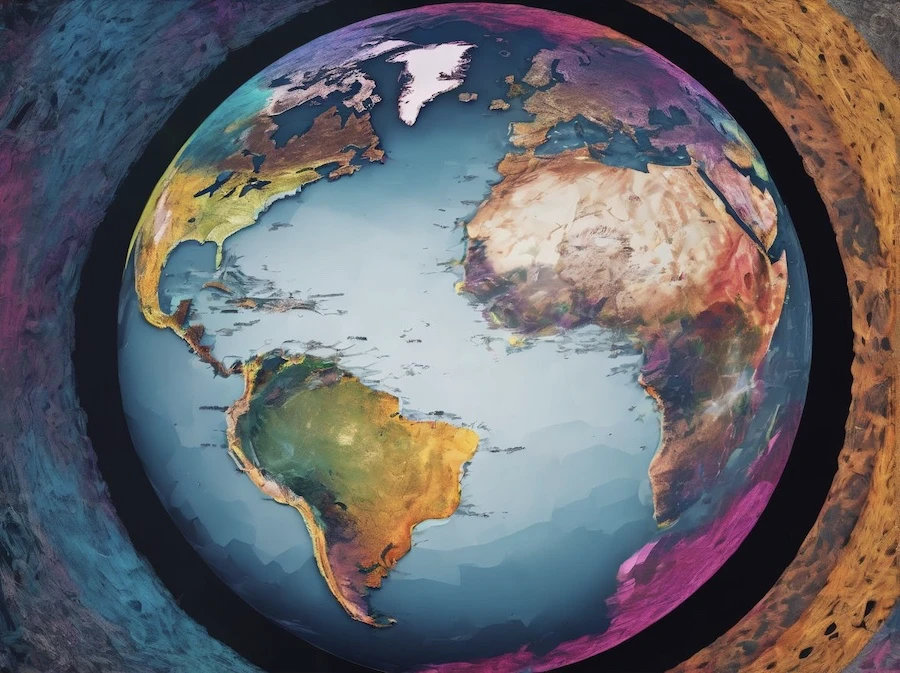September 13, 2023- 3RD OF 3
Hycean Dreams: A Glimpse of Life Beyond Earth on K2-18 b
In the vast tapestry of the cosmos, humanity's search for extraterrestrial life has long been a quest of both scientific fascination and existential importance. Recent observations by NASA's groundbreaking James Webb Space Telescope (JWST) have cast a tantalizing spotlight on a distant exoplanet, K2-18 b, nestled 120 light-years away in the Leo constellation. This celestial body, aptly dubbed a "Hycean" world, has ignited the hopes of astronomers and astrobiologists, as it presents compelling hints of harboring life within its enigmatic depths.
K2-18 b: A Watery Enigma:
K2-18 b is not your typical exoplanet; it sits within the intriguing category known as "sub-Neptunes." These enigmatic worlds, distinct from anything in our solar system, have captured our curiosity due to their peculiar characteristics. While their true nature remains a subject of conjecture, they are considered the most common planetary type in our galaxy.
First discovered in 2015 by NASA's K2 mission, K2-18 b remained shrouded in cosmic mystery until the James Webb Space Telescope's intricate observations peeled back the veil. This distant realm, sized somewhere between Earth and Neptune, orbits a cool dwarf star within the habitable zone. It is this crucial positioning that opens the door to the tantalizing possibility of liquid water existing on its surface.
The Hycean Hypothesis:
What sets K2-18 b apart, and tantalizes astrobiologists, is the detection of specific molecules in its atmosphere. Most notably, dimethyl sulfide (DMS) has been identified, a compound attributed to living organisms on Earth. In addition to DMS, methane and carbon dioxide are also present, providing a glimpse into this exoplanet's atmospheric composition. These elements align with the theoretical framework of "Hycean" worlds, which are defined by their hydrogen-rich atmospheres and vast oceans, offering a potential haven for life, albeit alien to our terrestrial understanding.
The Road to Discovery:
Despite the excitement that this discovery has ignited, researchers and astronomers remain cautious and steadfast in their pursuit of knowledge. While the presence of these molecules is undeniably intriguing, it is far too premature to declare K2-18 b a cradle of extraterrestrial life. Further data and extensive analysis are imperative to support such a profound claim.
Nikku Madhusudhan, a professor at the University of Cambridge, rightly underscores the responsibility of scientific rigor, stating, "If confirmed, it would be a huge deal, and I feel a responsibility to get this right if we are making such a big claim."
Fortunately, the JWST's Mid-Infrared Instrument (MIRI) spectrograph is poised to deliver additional data, bringing us one step closer to unraveling the mysteries of Hycean worlds and the potential for life beyond Earth.
The revelations from K2-18 b are more than just astronomical findings; they are windows into the profound questions that have intrigued humanity for generations. Could there be life elsewhere in the universe, thriving in the depths of a distant ocean? While the answers remain elusive, the journey to discover them is a testament to human curiosity, scientific ingenuity, and the enduring quest to understand our place in the cosmos. K2-18 b may be a distant dot in the night sky, but it represents a beacon of hope in the quest to uncover life beyond our pale blue dot.
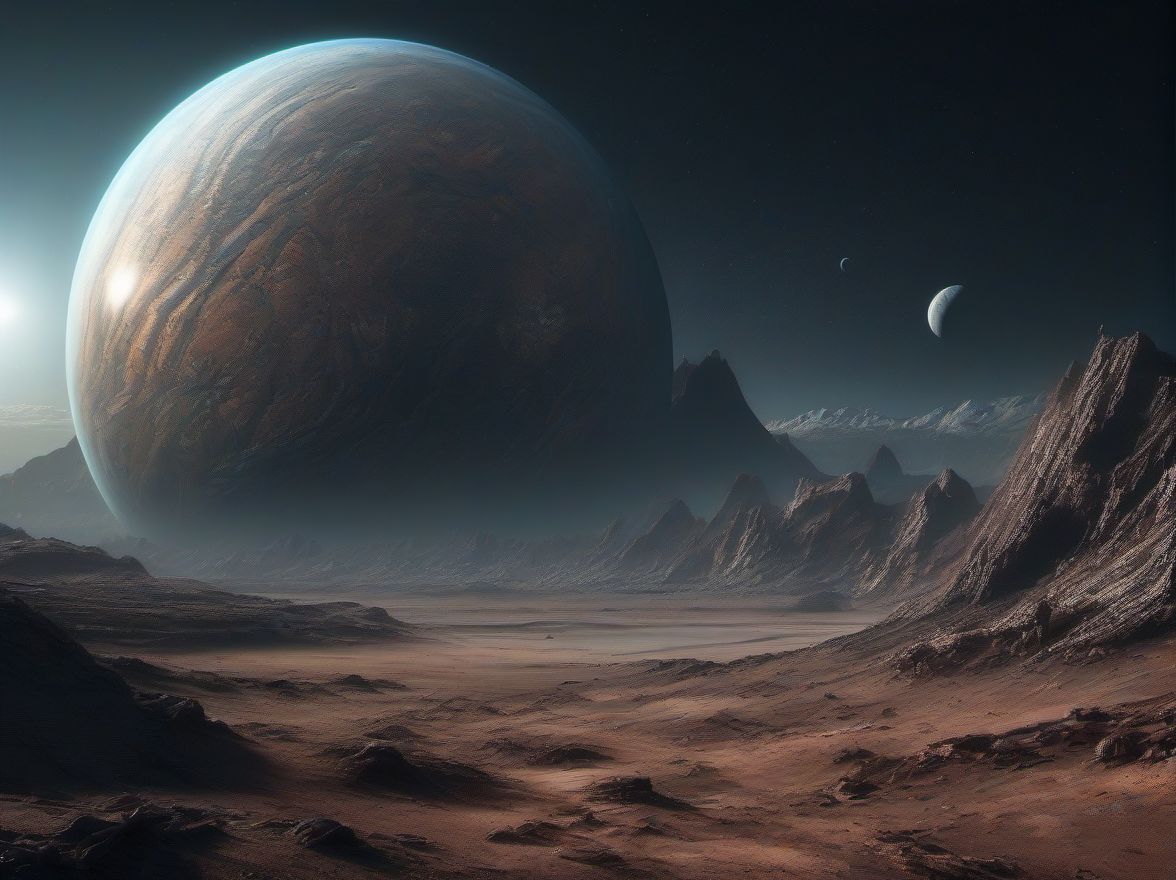












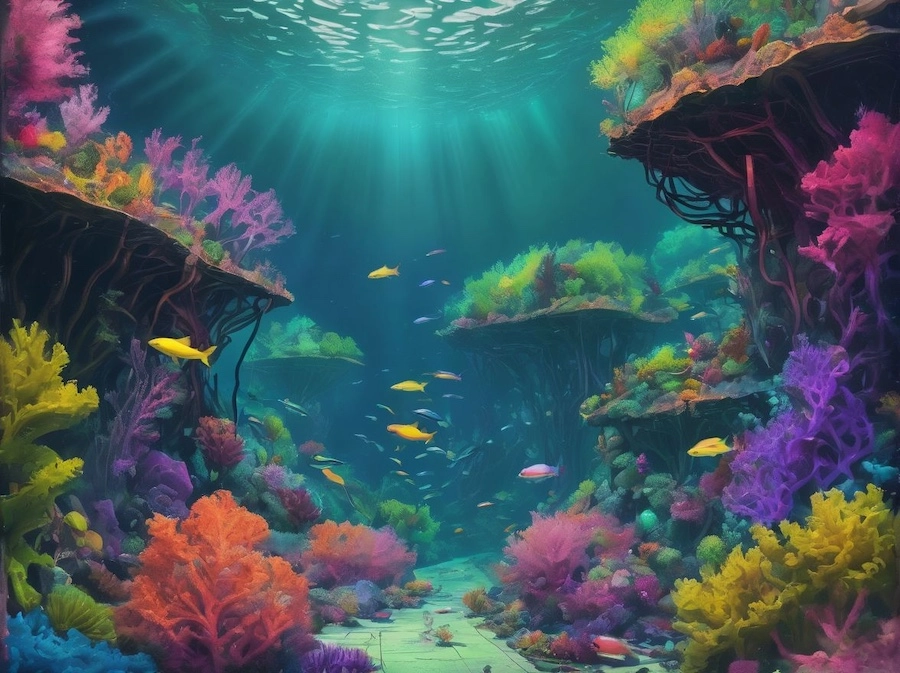













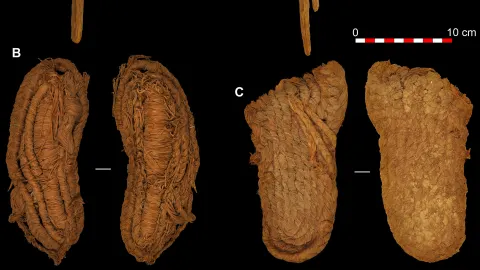



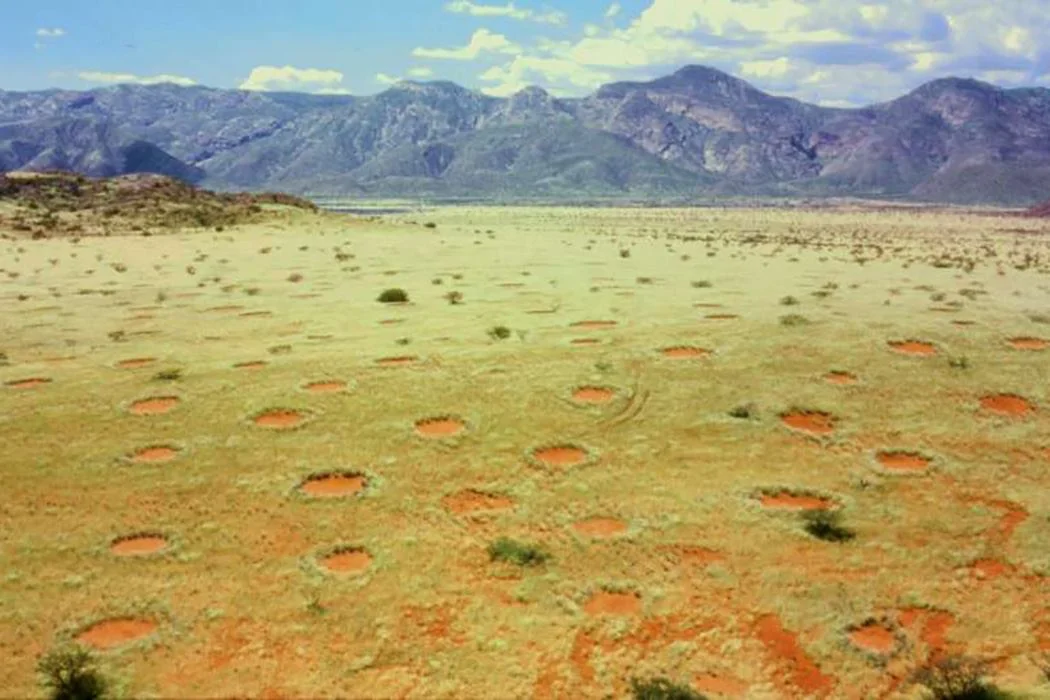
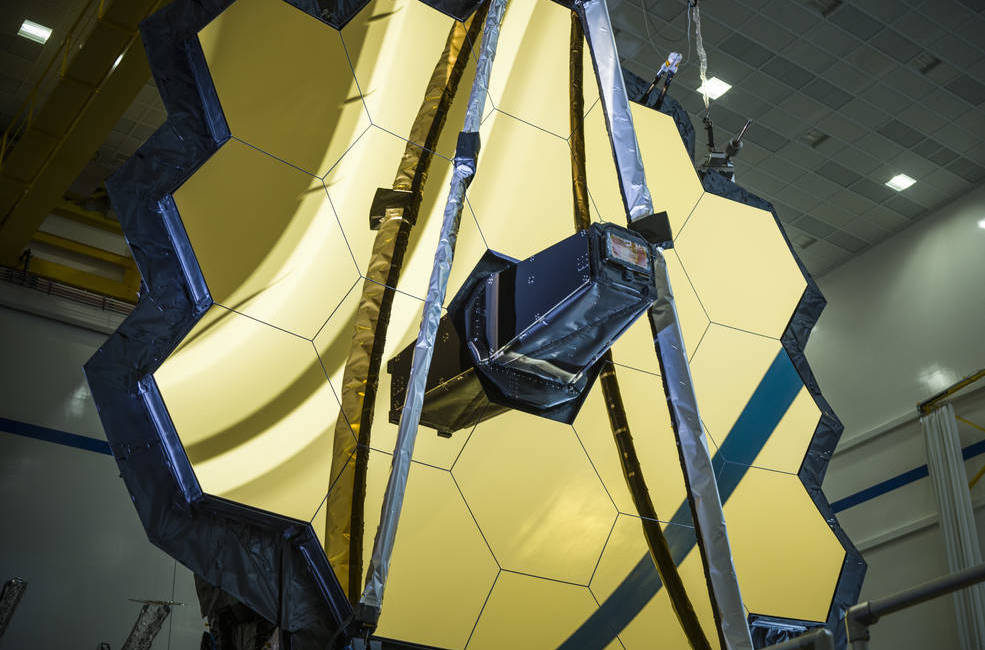

















.webp)
.webp)













